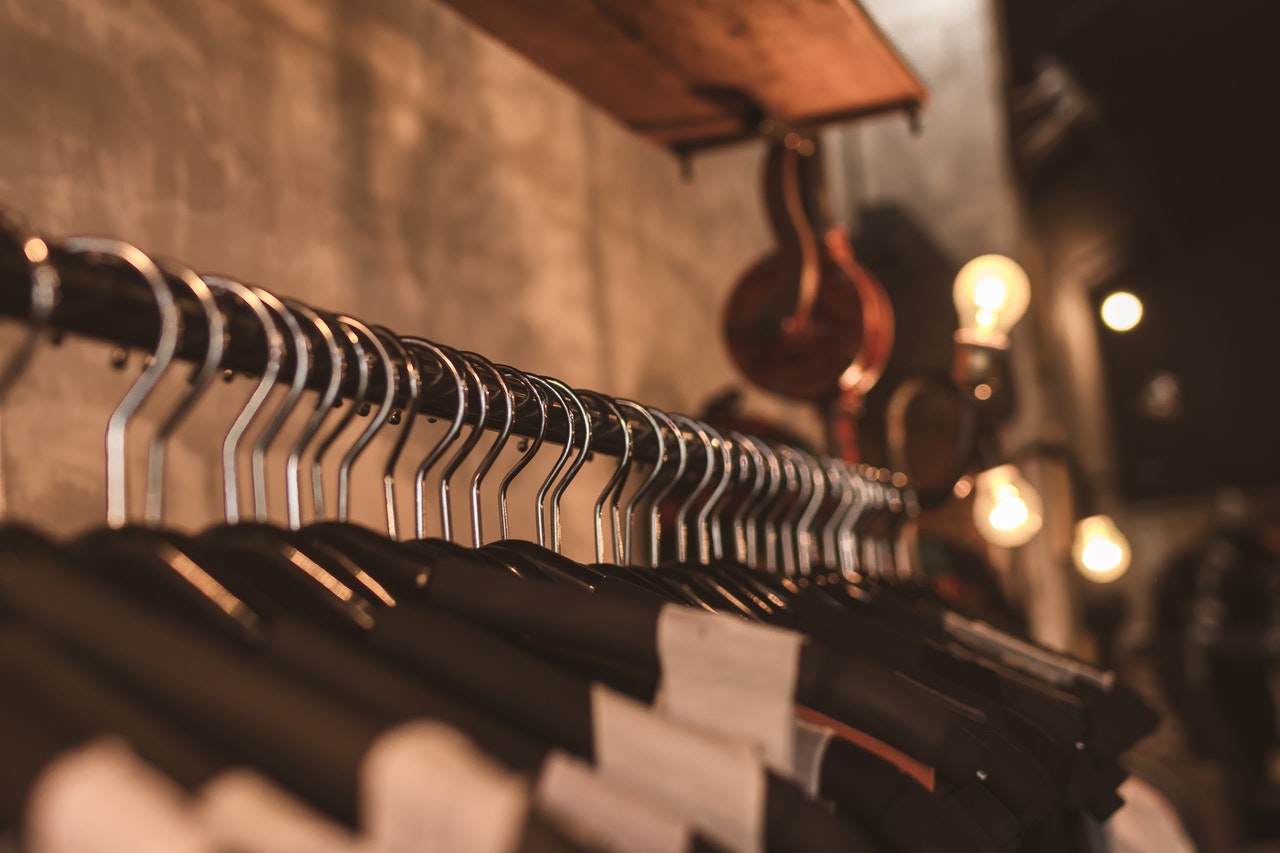The undeniable connection between fast fashion and the accessories market in 2024 presents a captivating area of exploration. As a wholesale jewelry supplier, I am captivated by the profound impact that fast fashion has on this aspect of the industry. Come along with me as we delve into the intricate dynamics of this phenomenon and its far-reaching consequences.
In our rapidly moving society, the fashion landscape has undergone a notable transformation driven by the emergence of fast fashion. This trend, characterized by the swift production of cost-effective clothing influenced by the latest trends, has not only revolutionized consumer behavior but has also left an indelible mark on the realm of jewelry and accessories. With fads evolving at an unprecedented rate, consumers now anticipate accessories that seamlessly complement their ever-changing wardrobes.
The History
The origins of trend-driven manufacturing can be traced back to the mid-20th century, a period marked by significant shifts in operations and consumer demand within the sector. However, it wasn’t until the 1990s that the term “fast fashion” gained widespread recognition. During this era, retailers such as Zara and H&M emerged as trailblazers of the model, fundamentally reshaping the traditional cycle. Through the utilization of sophisticated supply chain management techniques and the delegation of manufacturing to regions with lower labor costs, these corporations were able to swiftly produce budget-friendly items in accordance with the latest trends. This approach resonated with consumers seeking clothing at economical prices and propelled the explosive expansion of the market. Despite its initial success, this commercial approach has faced scrutiny for its environmental impact, labor practices, and contribution to excessive consumption. As awareness of these issues continues to escalate, there is mounting pressure on the industry to embrace more sustainable and ethical practices.
The Evolution:
The rise of fast fashion has undeniably reshaped not just our approach to clothing but also the landscape of wholesale fashion jewelry and accessories. Imagine scrolling through the digital aisles of your favorite trend-driven fashion retailer and stumbling upon a stunning necklace or a pair of exquisitely crafted earrings, all at remarkably affordable prices. The allure is undeniable, isn’t it? With these fashion giants constantly introducing new collections and offering trendy accessories at accessible prices, consumers now have an unprecedented array of options at their fingertips.
However, amidst this wave of accessibility and affordability, traditional jewelry and accessory brands face new challenges. Take, for example, the classic elegance of a pearl necklace. Once a symbol of sophistication and refinement, it now contends with fast fashion counterparts made from synthetic pearls and lightweight materials, catering to a wider audience at lower price points. This shift prompts traditional brands to innovate and establish a niche that resonates with discerning consumers who prioritize craftsmanship, quality, and heritage.
The Response:
In response to this evolving landscape, some wholesale jewelry distributor brands are embracing sustainability and ethical sourcing as guiding principles. Consider a pioneering brand committed to using recycled metals and ethically sourced gemstones. By championing sustainability, they not only appeal to environmentally conscious consumers but also contribute to reducing the industry’s ecological footprint. Others emphasize craftsmanship and exclusivity, offering bespoke pieces that showcase artisanal excellence and individuality, qualities often absent in mass-produced fast fashion alternatives.
Furthermore, innovation emerges as a beacon of hope within the jewelry and accessory industry. Brands are venturing into uncharted territory by experimenting with unconventional materials and avant-garde designs. Picture earrings crafted from repurposed materials like discarded CDs or bottle caps, transforming waste into wearable art. Alternatively, envision a visionary brand introducing an eco-conscious line of accessories made from biodegradable elements like bamboo or cork, signaling a new era of sustainability and style.
Acknowledging Realities:
However, it’s essential to confront the sobering realities accompanying the fast fashion phenomenon. The relentless pursuit of cost-effective production and rapid turnover takes a toll on both the environment and human rights. Consider the detrimental effects of mining practices associated with sourcing materials like gold and diamonds, which often harm fragile ecosystems and exploit disenfranchised communities. Additionally, outsourcing production to regions with lax labor regulations perpetuates exploitative working conditions and inadequate wages for garment workers, highlighting the urgent need for systemic change within the industry.
The Effects:
The environmental impact of fast fashion is extensive and complex. A primary concern is the substantial volume of textile waste generated by the industry, as garments are frequently discarded after minimal use, leading to overflowing landfills and pollution. Additionally, the manufacturing processes employed in the market heavily rely on natural resources such as water, energy, and chemicals, exacerbating environmental degradation. The cultivation of raw materials like cotton and the extraction of resources for synthetic fabrics can further contribute to habitat destruction, water pollution, and soil degradation. The transportation of goods over long distances increases carbon emissions and air pollution. In essence, the fast-fashion model perpetuates an unsustainable cycle of production and consumption, posing significant threats to ecosystems, biodiversity, and planetary health. Addressing these environmental challenges necessitates collaborative efforts from industry stakeholders, policymakers, and consumers to prioritize sustainable practices, minimize waste, and foster responsible consumption patterns.
A Call to Action:
As conscientious consumers, we bear a collective responsibility to acknowledge the true cost of our choices. While fast fashion offers affordability and accessibility, we must carefully consider these benefits alongside the environmental and social impacts of our actions. By supporting brands that prioritize sustainability, ethical sourcing, and transparency, we can catalyze a transformative shift within the industry, working towards a future where fashion embodies not only aesthetic appeal but also ethical integrity and environmental stewardship.
Final Thoughts:
In conclusion, the intertwining of fast fashion with the jewelry and accessories market in 2024 presents a compelling area of study. As a wholesale jewelry supplier, I am intrigued by the profound effects of fast fashion on this segment of the industry. Together, we have explored the intricate dynamics of this phenomenon and its wide-reaching implications. The evolution of fast fashion has revolutionized our perception of clothing and accessories, offering consumers a vast array of trendy options at affordable prices. However, this rapid turnover and accessibility come with significant environmental and social costs. The excessive textile waste, resource-intensive manufacturing processes, and exploitation of labor underscore the urgent need for sustainable and ethical practices within the industry. As we navigate this complex landscape, it is imperative for stakeholders, policymakers, and consumers alike to prioritize sustainability, reduce waste, and promote responsible consumption habits. By collectively embracing these principles, we can work towards a fashion ecosystem that not only satisfies our aesthetic desires but also upholds ethical integrity and environmental stewardship for generations to come.





